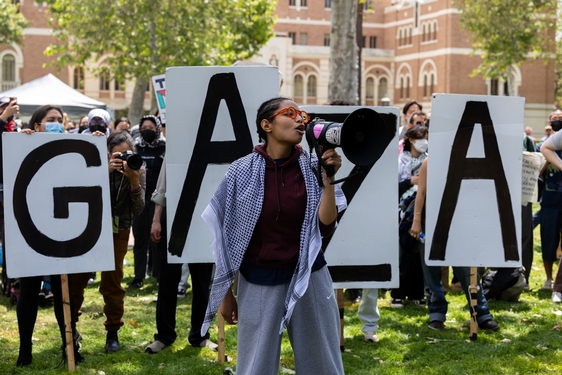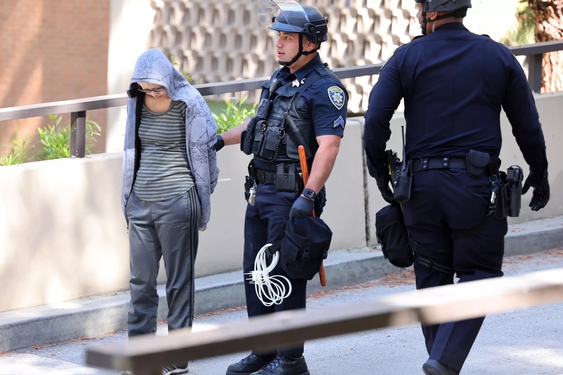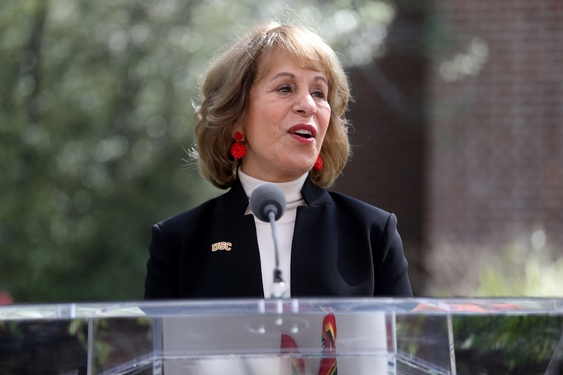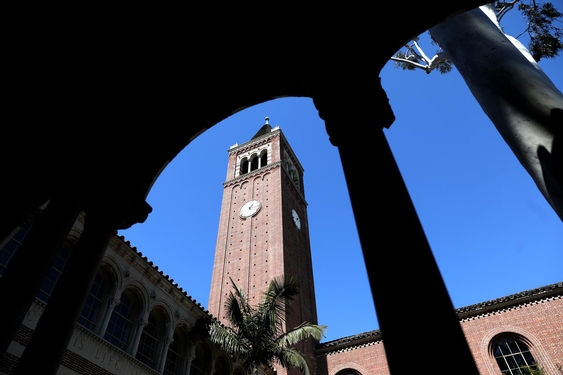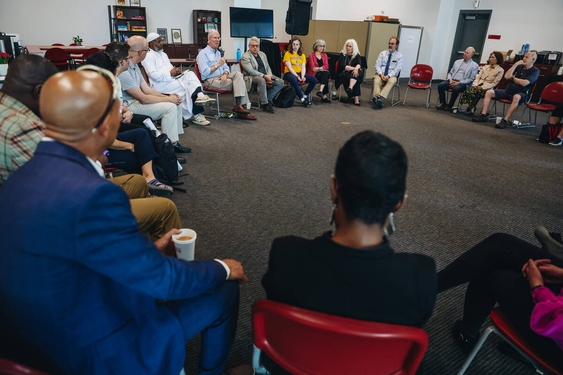"I realized this was one of the first classes that had relevance to my real life, unlike science or math, which are supposed to," says Alaine Kalder, 20. "It’s not something isolated to one group of people. It’s relevant to everyone from birth to death."
The discipline’s strong activist roots in social change persist alongside academic rigor.
Proponents argue that today’s women’s-studies programs radically transform students intellectually and personally, as well as the professional fields they ultimately choose.
Although no precise figures are available, faculty members report that female women’s-studies majors are more likely to go into business for themselves, succeed in male-dominated fields and work as women’s advocates.
"Women’s studies is an outgrowth of the feminist movement. It is the academic arm," says Allison Kimmich, executive director of the National Women’s Studies Association, a resource and champion for programs at U.S. colleges and universities.
"People always say that women’s studies changed their lives. It certainly is about a sense of individual transformation, but it’s also about social change."
A great deal of that change started right on campus 35 years ago when a fledgling
women’s-studies movement set out to find and celebrate the lost heroines
of history.
The discipline’s initial focus also extended to the economic and social oppression
of women, from the inequities of salaries to job promotion to the state of marriage
– all tangible, immediately applicable lessons for women reared during the
civil-rights and feminist movements.
Today there are 700 women’s-studies programs in the United States, including a dozen doctoral programs, plus a handful of academic journals and organizations to support scholars.
© 2005, Chicago Tribune. Distributed by Knight Ridder/Tribune Information Services.





